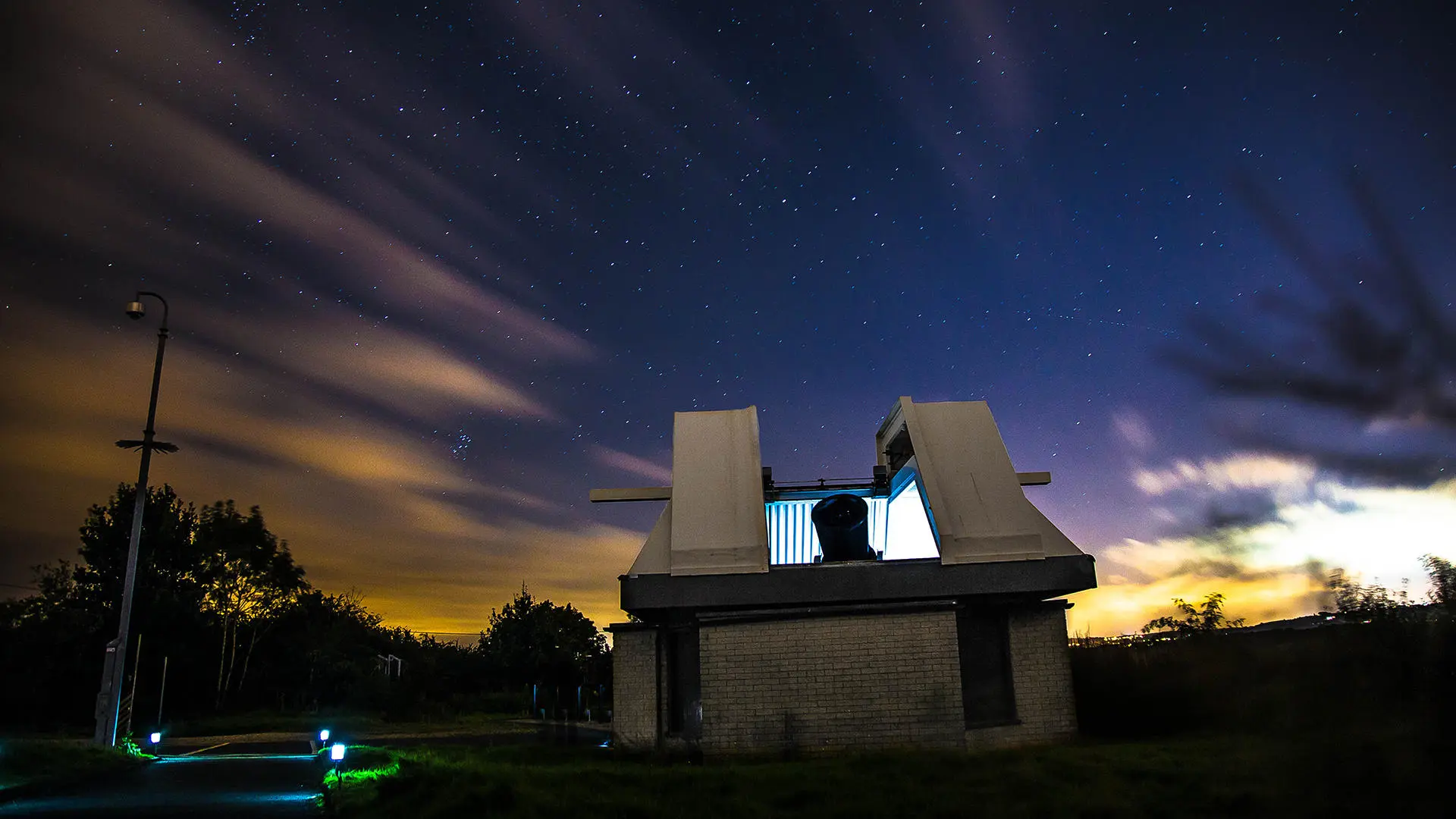Our research spans from numerical simulations of galaxies, to observational studies of stellar populations, interstellar medium and active galactic nuclei as well as quasars as tracers of the large-scale structure of the Universe.
Galaxy Dynamics
The Galaxy Dynamics Group at the Jeremiah Horrocks Institute studies the dynamics and formation of galaxies. We use state-of-the-art supercomputer simulations to model the formation of galaxies, taking into account the role of star formation, supernova and AGN feedback and the chemistry of stars.
Key topics of interest include the formation of bulges and discs, the shape and orientation of dark matter halos and the nuclei of galaxies. With the advent of data from the European Space Agency’s Gaia mission, special attention is being devoted to our home galaxy, the Milky Way.
Our group is collaborating with the department of computing to develop new, interactive visualisation software for large simulations. The group is involved with the Large Synoptic Survey Telescope.
Observational Cosmology and Quasars
Dr Roger Clowes leads an international team investigating quasars. More specifically the grouping of quasars together to form a large scale structure but also the environment surrounding these quasars and the quasar emission. Quasars are the nuclei of galaxies from the early years of the universe. Quasars undergo brief periods of extremely high brightness that make them visible across huge distances. These periods are 'brief' in astrophysics terms but actually last 10-100 million years. One such structure discovered by Dr Clowes is the Huge-LQG with a characteristic size ∼ 500 Mpc (present epoch). Whole clusters of galaxies can be 2-3 Mpc across, but LQGs can be 200 Mpc or more across.
Interstellar Medium
The Interstellar Medium Group led by Cristina Popescu investigates the formation and evolution of galaxies by studying the detailed physical processes that take place in these complex systems related to the interaction of radiation with dust, gas and cosmic rays.
Galaxy evolution and Stellar Populations
The ages and chemical compositions of different populations of stars in galaxies can tell us a great deal about the formation and evolution of galaxies and their various structural components.
Spiral galaxies are complex systems with both actively star forming and passive components, including disks, bulges, halos, bars and spiral arms, whereas early-type galaxies [elliptical and lenticular galaxies] generally have lower levels of star formation and are dominated by a single structural component. However, exactly when, and sometimes where, their stars were made is hard to uncover. In most external galaxies we cannot resolve individual stars, but instead we observe the integrated light from various populations of stars.

